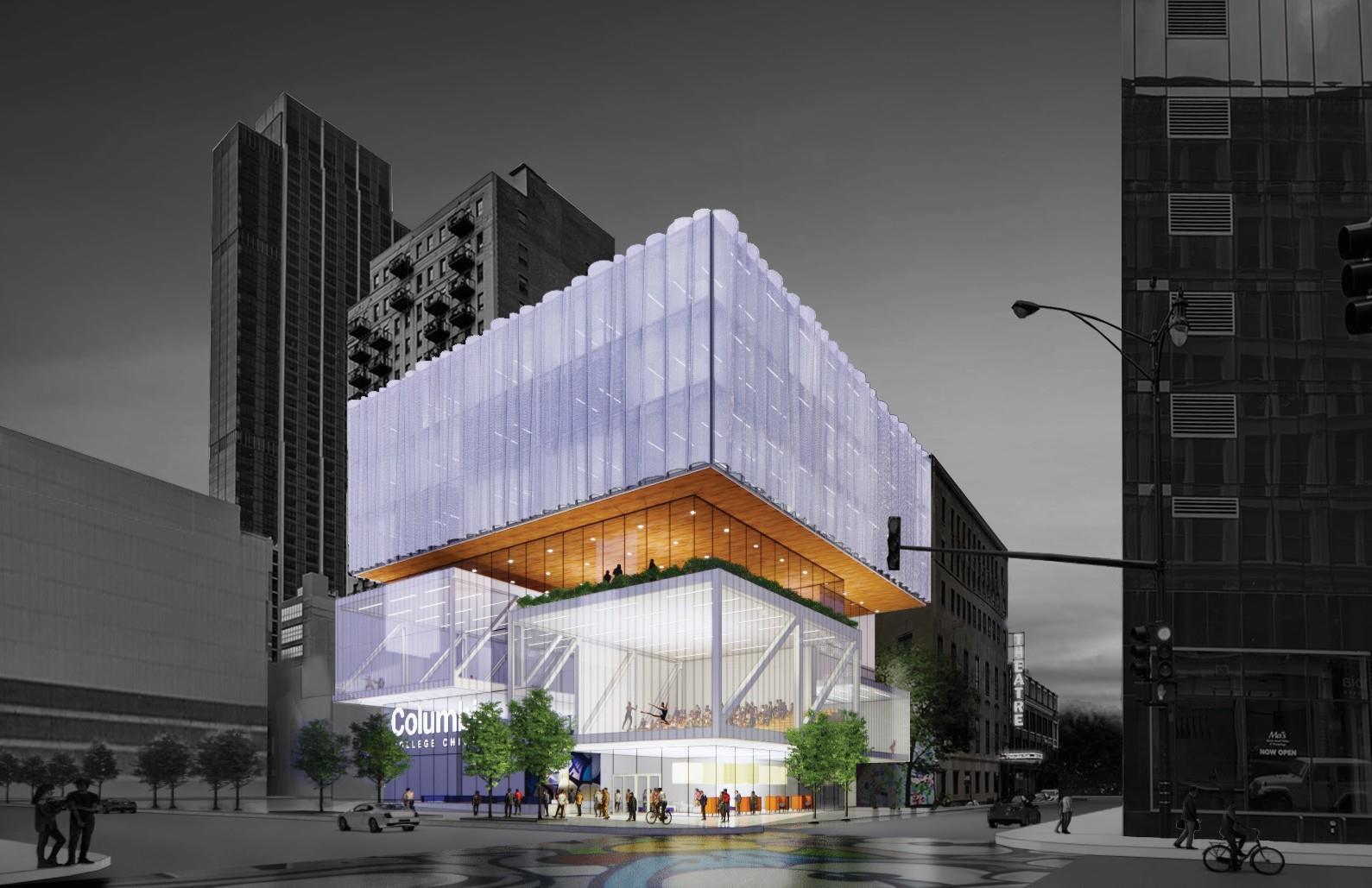COLUMBIA COLLEGE CHICAGO
COLUMBIA COLLEGE CHICAGO
MASTER PLAN OVERVIEW





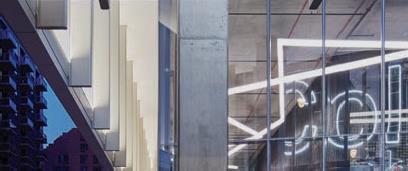
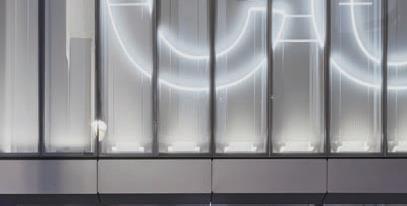

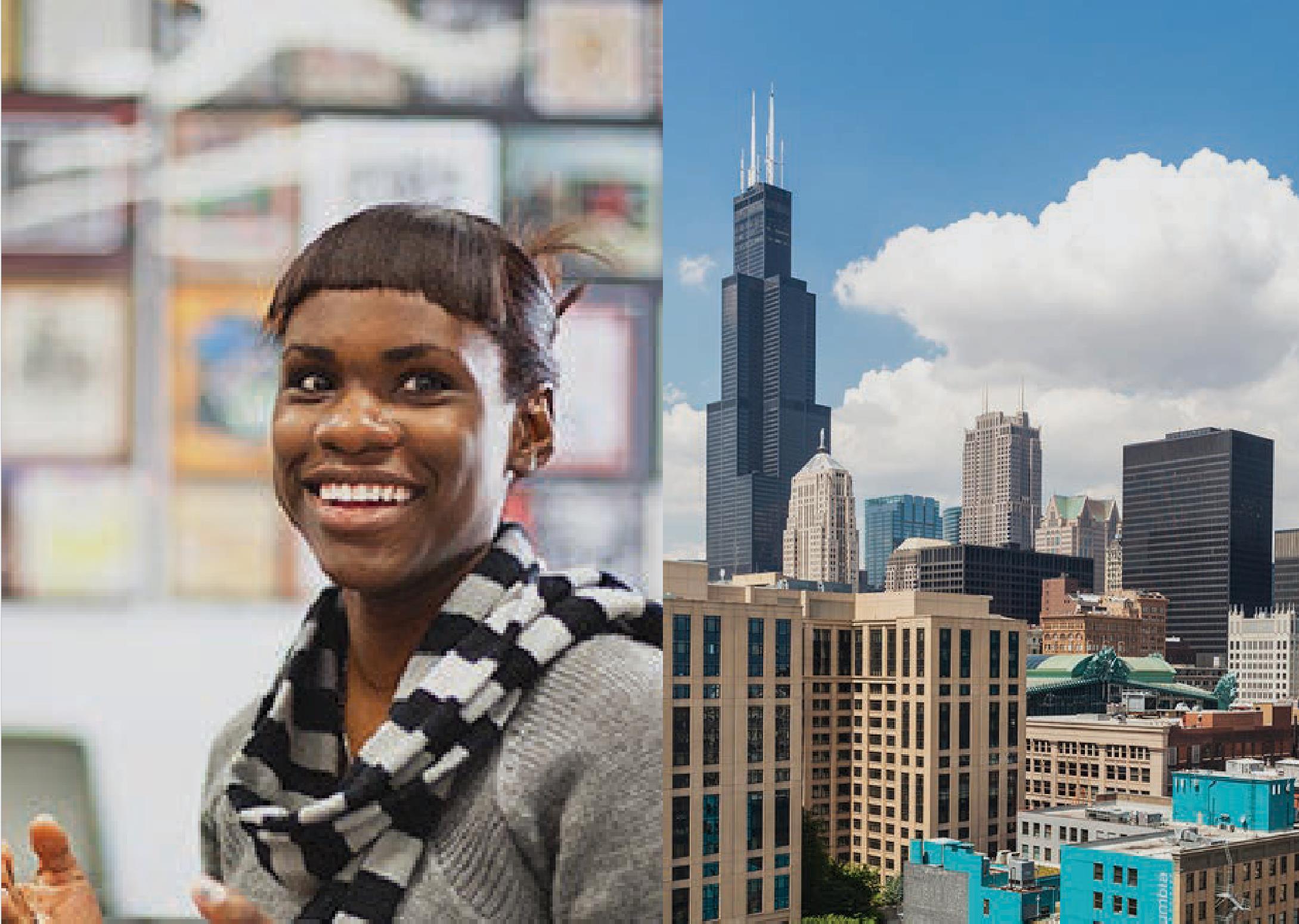












540+ diverse voices included in workshops, interviews, observations & walk-throughs, survey and roundtable discussions uncover unmet needs, identify future goals, and understand the unique Columbia experience.



SHOWCASE COLUMBIA WORKING EVERY DAY

BECOME THE INDUSTRY HUB FOR COLLABORATION
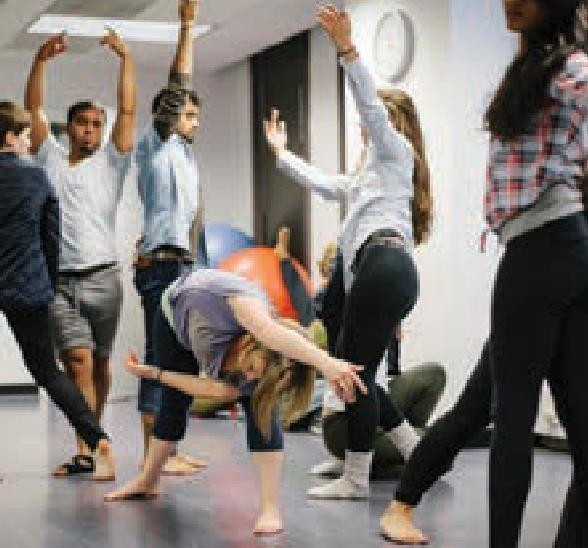

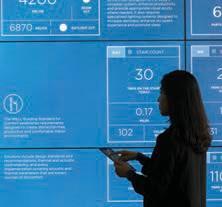
BUILD CONNECTIVITY TO AND BETWEEN RESOURCES
AMPLIFY LEARNING BEYOND THE CLASSROOM CONNECT INDIVIDUAL IDENTITIES TO THE WHOLE
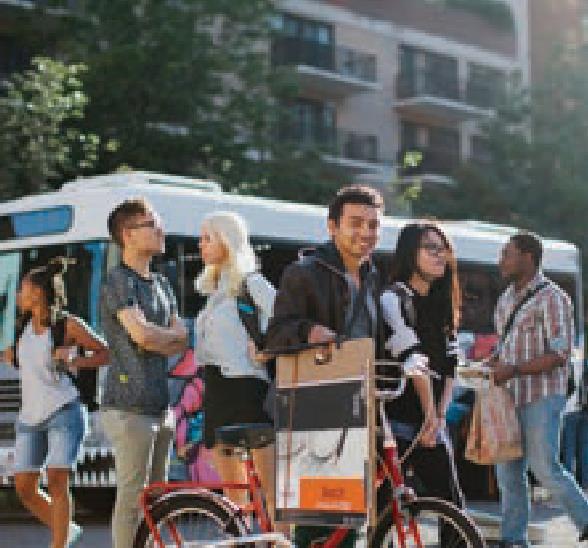
Asa result of the master plan process three key strategies:







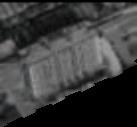








TODAY, RESOURCES ARE SPREAD THIN AND CONNECTIVITY DOESN’T COME EASY ACROSS COLUMBIA’S CAMPUS.

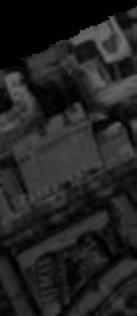



 BY DEFINING
BY DEFINING




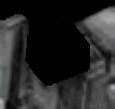











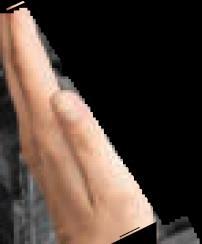
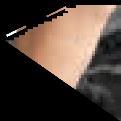
















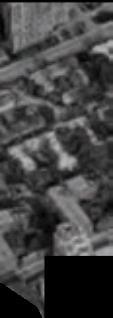






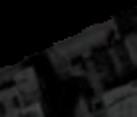


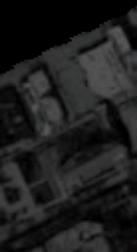






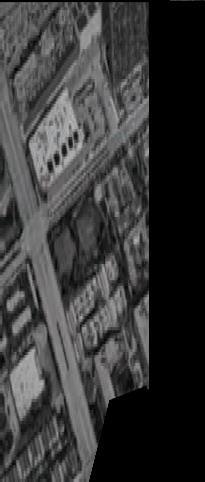







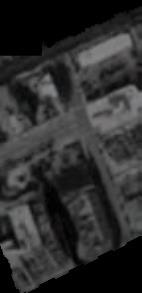

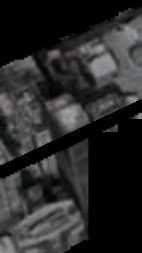



NEW AND EXISTING BRIGHT SPOTS ON CAMPUS BECOME THE CORNERSTONES OF TOMORROW’S CAMPUS.







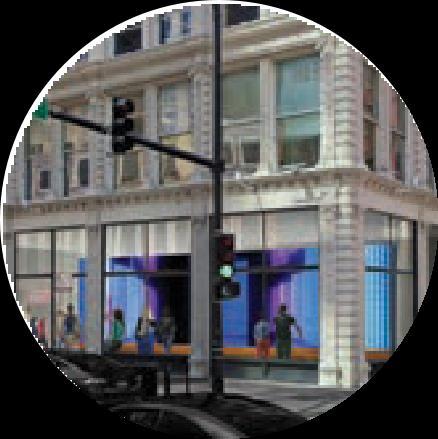




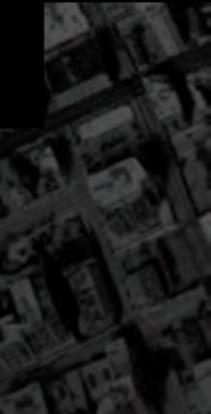
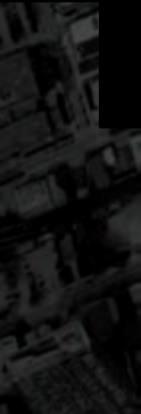
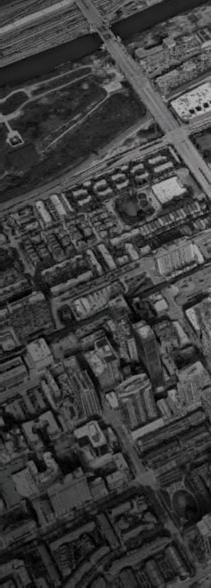
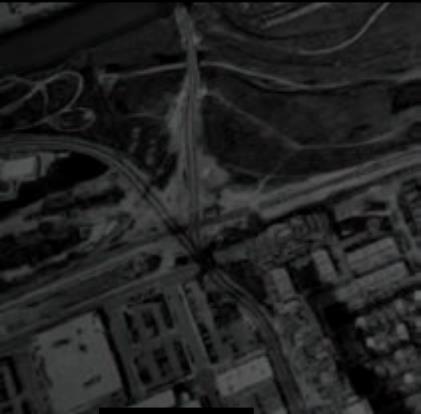

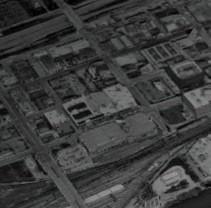
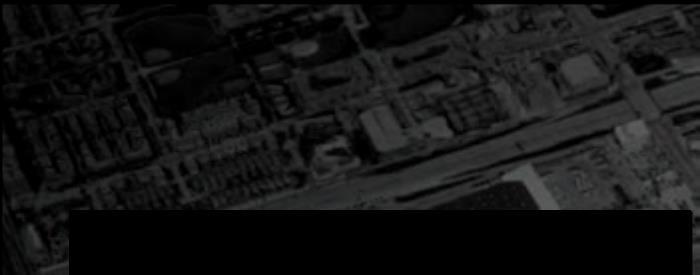










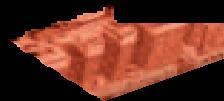




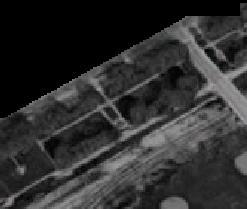

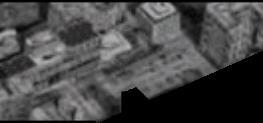

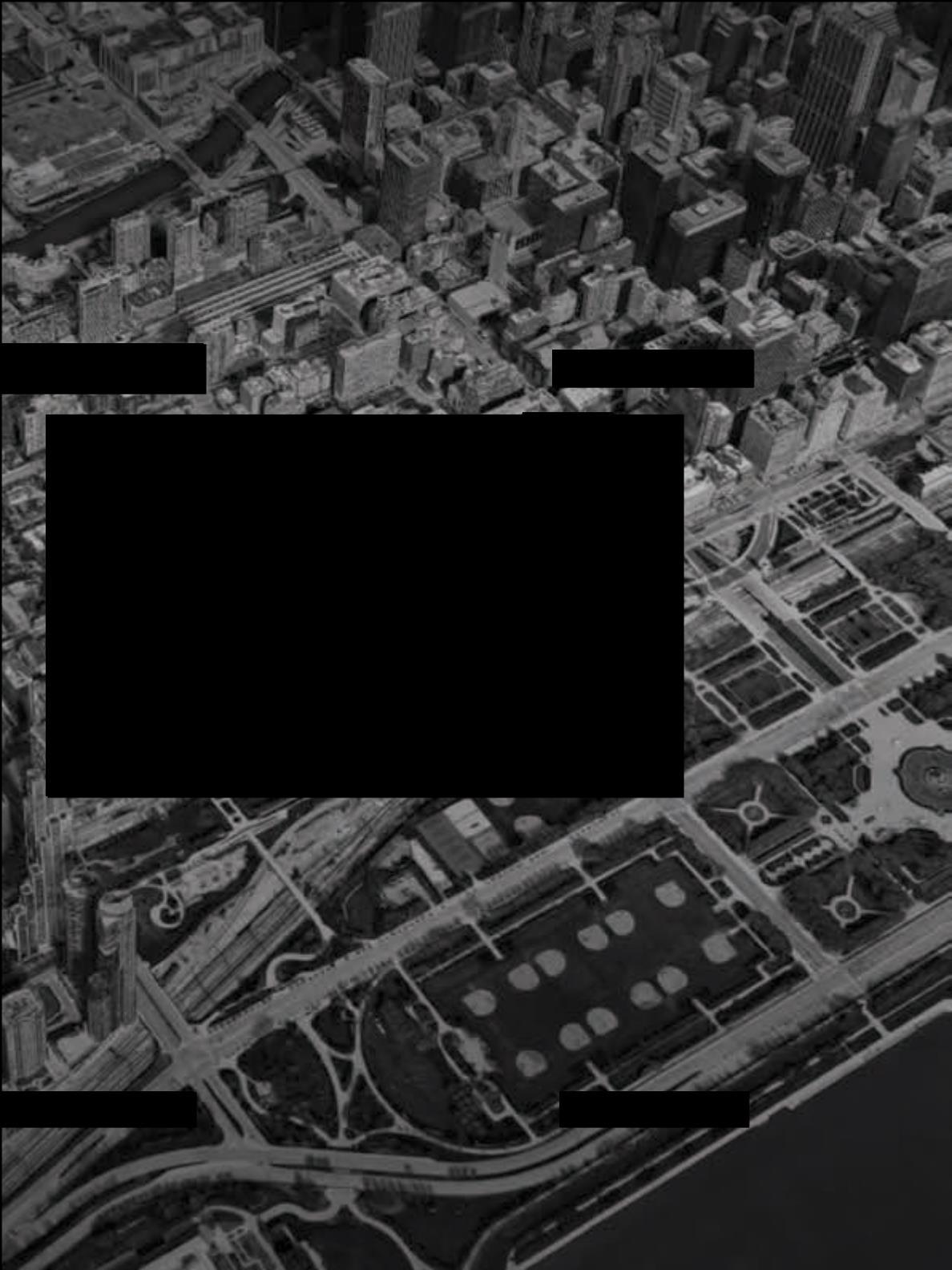 1104 S. WABASH
33 IDA B. WELLS
623 S. WABASH
11TH & WABASH
CAMPUS MASTER PLAN
1104 S. WABASH
33 IDA B. WELLS
623 S. WABASH
11TH & WABASH
CAMPUS MASTER PLAN












































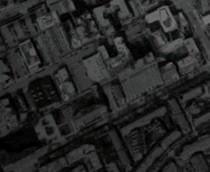

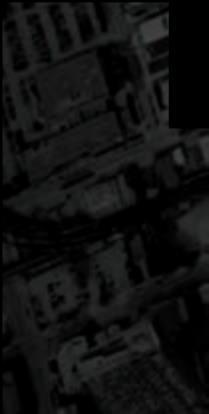
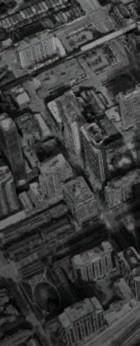











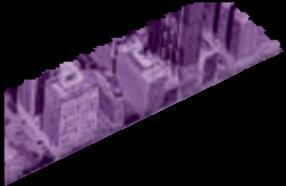
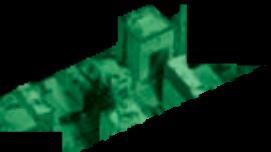
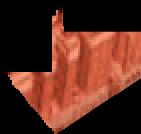




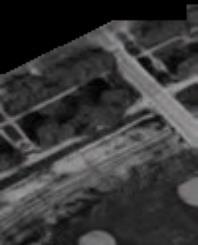


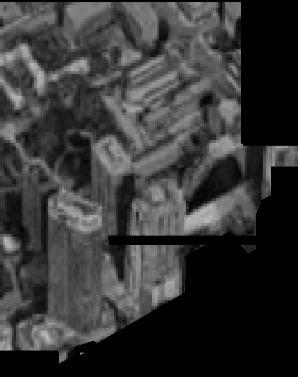
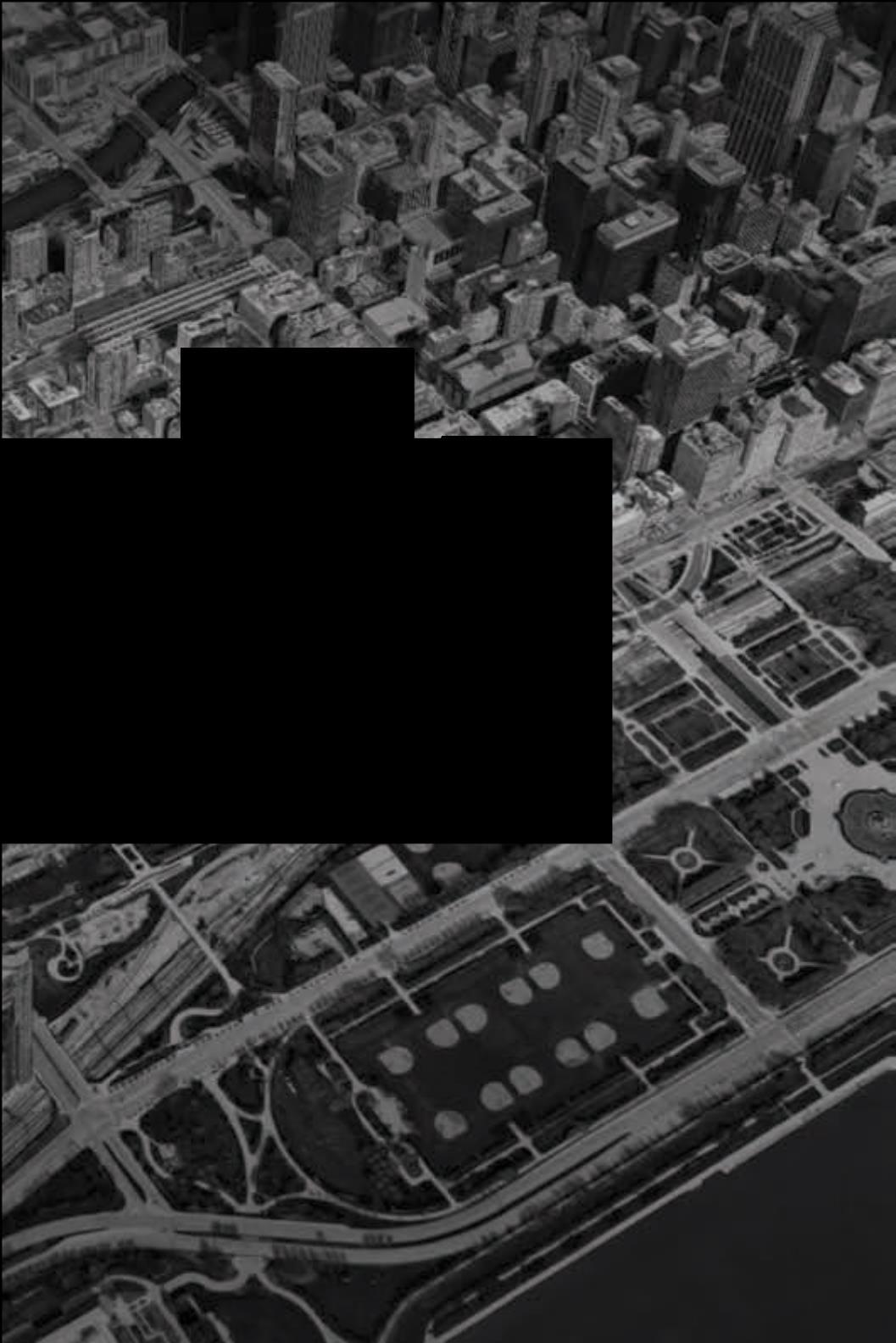 NEW ACADEMIC CENTER
CAMPUS
NEW ACADEMIC CENTER
CAMPUS















Thedata rich model of Columbia’s campus wasthe foundation for an in-depth analysis of existing space.




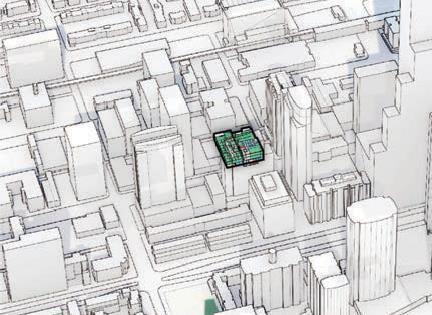
Thedigital model of the entire campus created a deep understanding of space types, size,ownership, and use.
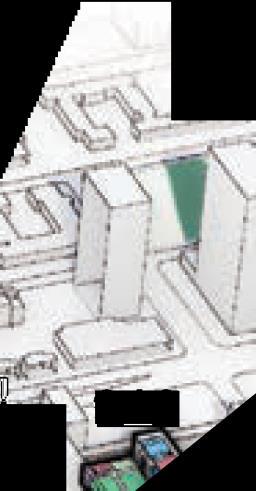



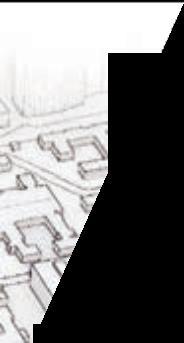






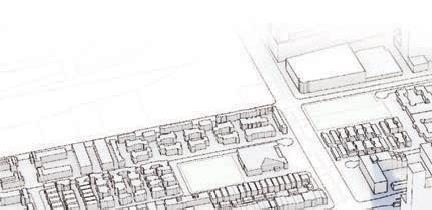

Thesespaces are not widely available on today’s campus due to the physical limitations of Columbia’s building portfolio – specifically column spacing and ceiling heights.



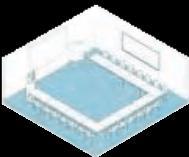
Small classrooms for delivering specialized content will be important in the future but there is currently an excess on campus.




Flexible classrooms with 60 seatsplay a keyrole in Columbia’s pedagogy.Existingmedium and largeclassroomsarealready in high demand.
Extra largeclassrooms with adjacent breakout spacesareneededfor newpedagogies but donot exist asneededoncampus.
Small Classroom: 1,400 sf
Extra Small Classroom: 600 sf
Medium Classroom: 1,800 sf
Large Classroom: 2,400 sf
Extra Large Classroom: 3,000 sf

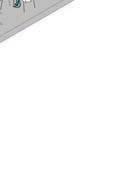
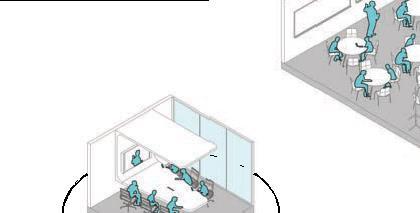

SMALL MEETING ROOMS
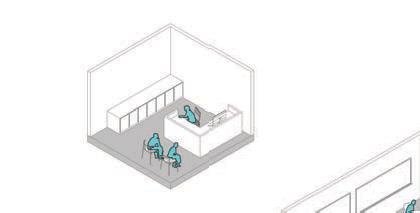
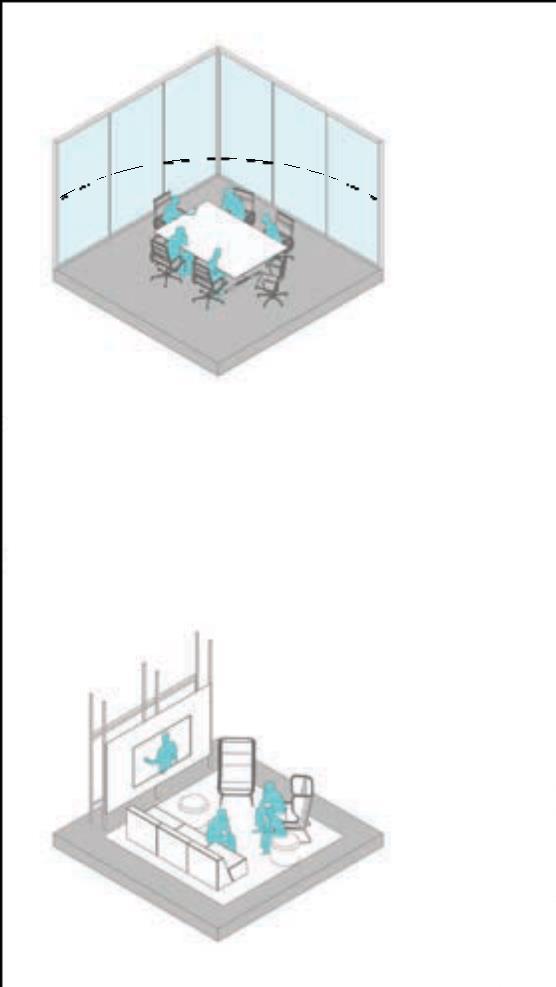
GROUP MEETING ROOMS
REMOTE LEARNING
Medium Classroom: 1,800 sf
TOUCHDOWN / PANTRY
Excess or underutilized office space represents potential space to retrofit and accommodate other uses in the future.















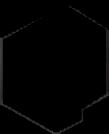

Based on current functionality and future potential, all buildings within Columbia’s campus portfolio were organized into three categories.
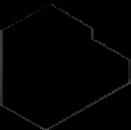







*Note:ThenewStudentCenterat754S.Wabash,whichopenedin2019,




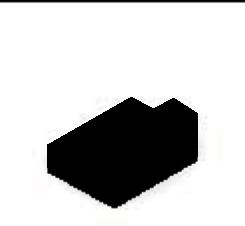

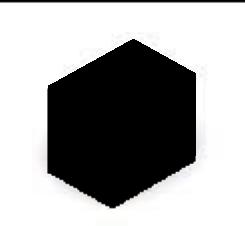

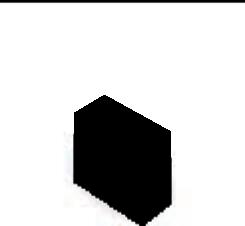

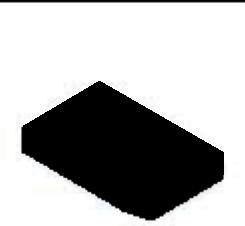
Purpose built teaching and student spaces
are core to Columbia College’s mission and are at the top of the future space needs.
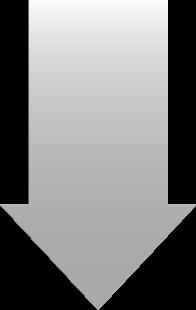


Createlarger,high quality,andmore flexible classroomsthat accommodatelargercourse sizes andamore positive student experience.
Existingbuildings areunable to accommodatelarge gatherings, movement courses,and production spaces.Purposebuilt spacesareneededto facilitate current andevolving pedagogy.
Offsetthe overabundanceof low-quality offce space with meeting andsupportspace.Provideconvenient touchdownspacefor transient facultyto work and connectwith peers.
Studentsmanagingbusyschedules andlearning across extended hours require convenientstudy, collaboration, andsupport spacenear their classes.







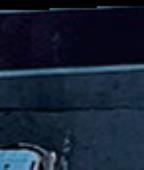






Thesuccessful Wabash Arts Corridor has created a unique experience in the South Loop and throughout Columbia’s campus.
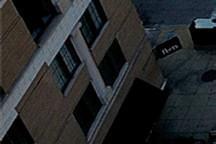
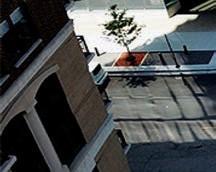

Newmuralsand street graphicslocated at strategic intersections and thresholds can further define the “central campus” while creating a distinctive sense of place. Newartwork couldabstractandinterpretthe four areasof concentration,further defining special momentson campus.

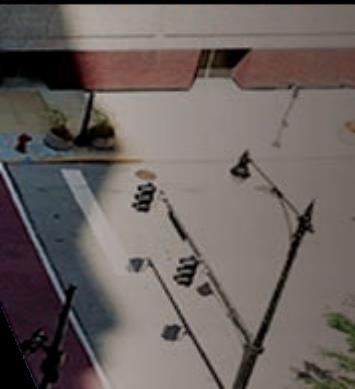
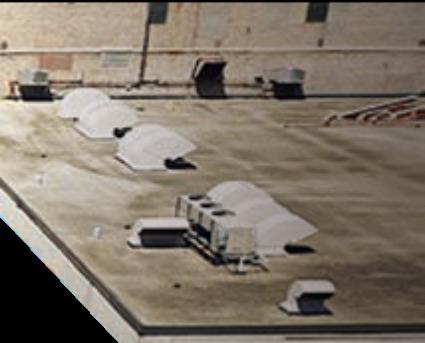







































Strategiesinclude:



Installmurals and street graphics at Ida B.Wellsand 11th Street to define the central campus.
Addresseast-west corridors on campus to create identifiable thresholds throughout the central campus.
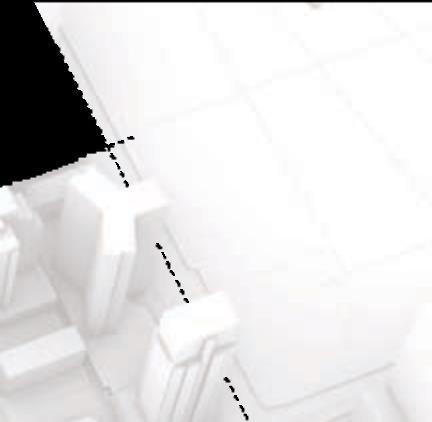
Createconsistent branding for all new“areas of concentration”.





Install consistent landscaping, bike racks, street lighting, and wayfinding graphics in front of all Columbia Collegebuildings.
Well-lit and sheltered semi-public spacein front of building. Clearand standardized departmental signage.
Highly visible Columbia signage.
Universallyaccessible and touch free entryvestibules. Digital and interactive building information linked to personalmobile devices.
Automated check-inor precheck-in via mobile device.
Integrated sanitation stations.
Gracious waiting zone alleviates lobby congestion.
Active and flexible spacefor impromptu or choreographedevents.
Small reserved meetingspace available.
Refurbishedelevators integrate technology showcasingcurrent events.
Visible communicating stairs alleviates congestion at elevators and activate space.
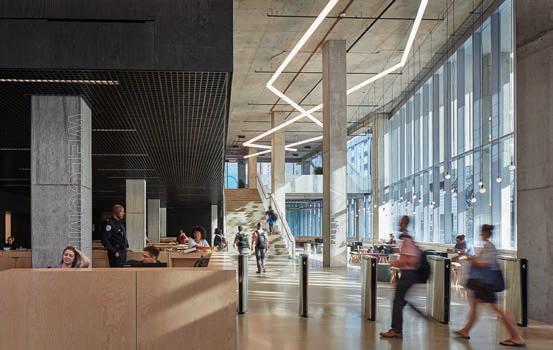
Install self-servekiosks where students and guestscan connectwith others in the building, reserveand modify space,and seamlessly sync with mobile devices.
Engagingand easyto find, the welcomedesk has clear sight lines of the lobby.

Balconyandcommunicating stairs createporosity and connectivity between floors
Createzonesoutside of security wherestudents andvisitors canget oriented, wait for friends, and gaincomposure.

Provide space for ambiguous and impromptu events.
Smaller, enclosed huddle roomsallowfor quick focused meetings and private conversations.
Large, adaptable ground floor teaching and multipurpose rooms provide spaceto bring outside industry in.






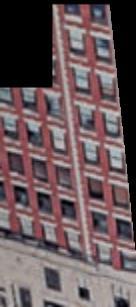




Thenew welcome center in 618 S.Michigan is an outstanding home base for visitors and prospective students, leveraging its prominent location on Michigan Avenue.



Optimize and restack administrative oices to enhance adjacencies between departments.




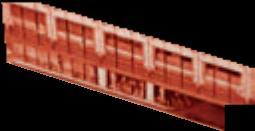












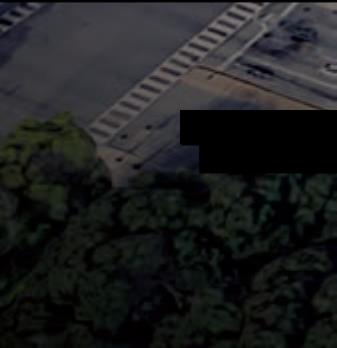


 New wayfinding and streetscape
New wayfinding and streetscape

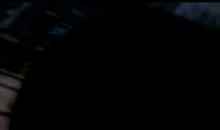






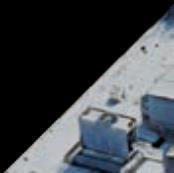
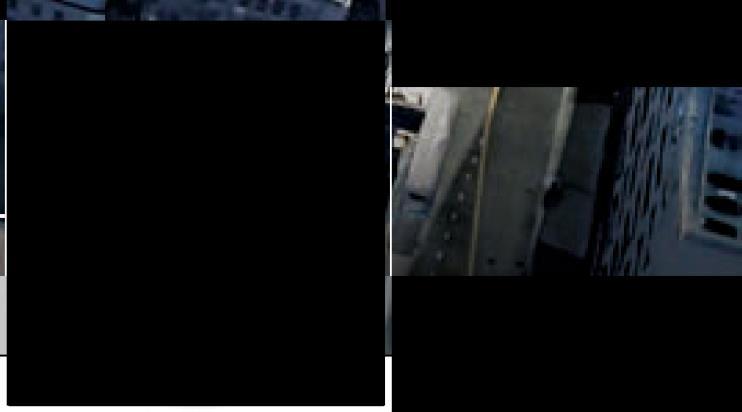



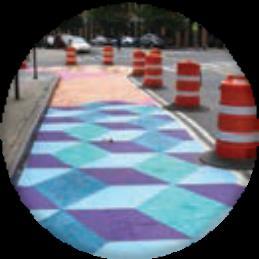





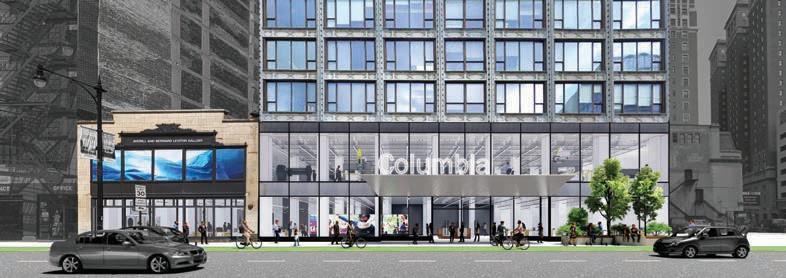
While currently underutilized, preserving 619 S. Wabash for future expansion and infrastructure upgrades of 623 S. Wabash provides long-term flexibility for the Making Hub & Campus Experience.
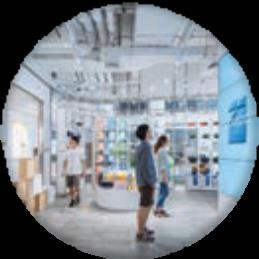
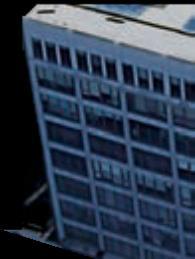
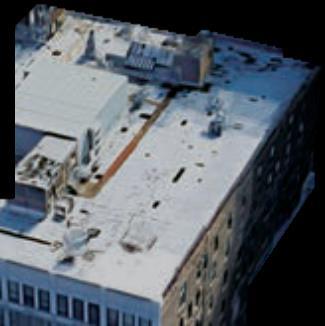
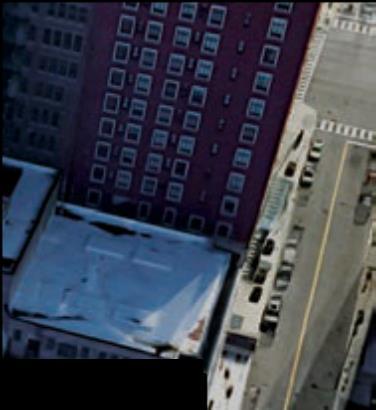
1104 S.Wabash is the proposed Media Hub, activating the ground plane and enhancing the street presence of its primary departments.
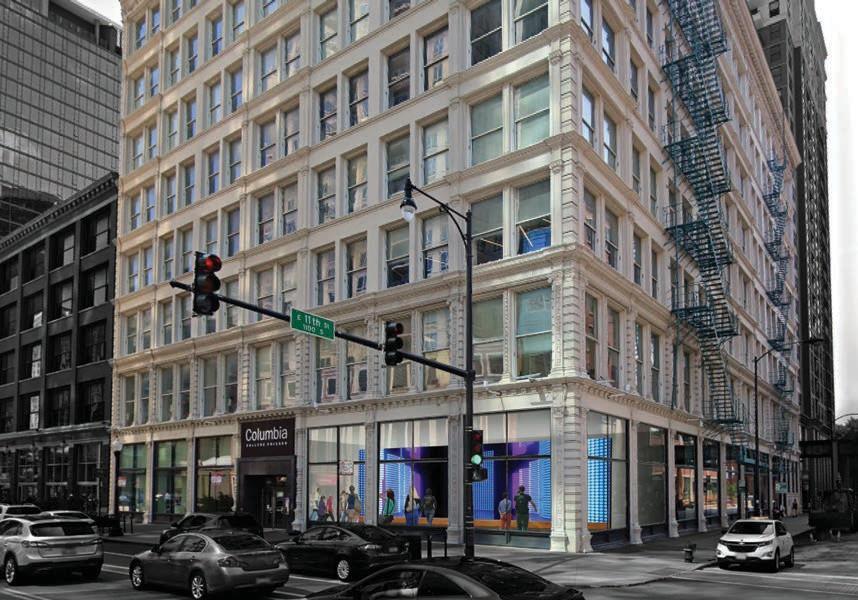
TheMPCis heavily used and most optimized, but its location creates challenges. Key amenities can improve the user experience.

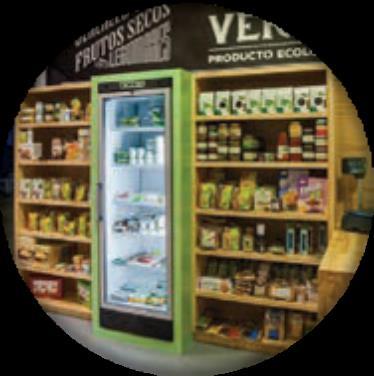







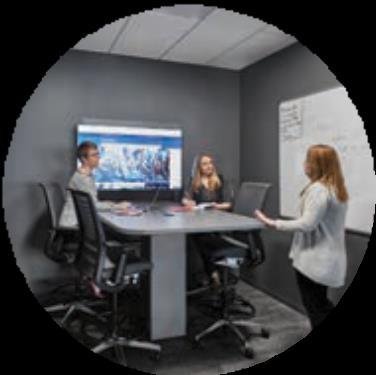
• Dedicated Spacefor Virtual Connection











• Focus Rooms
• FoodOutpost
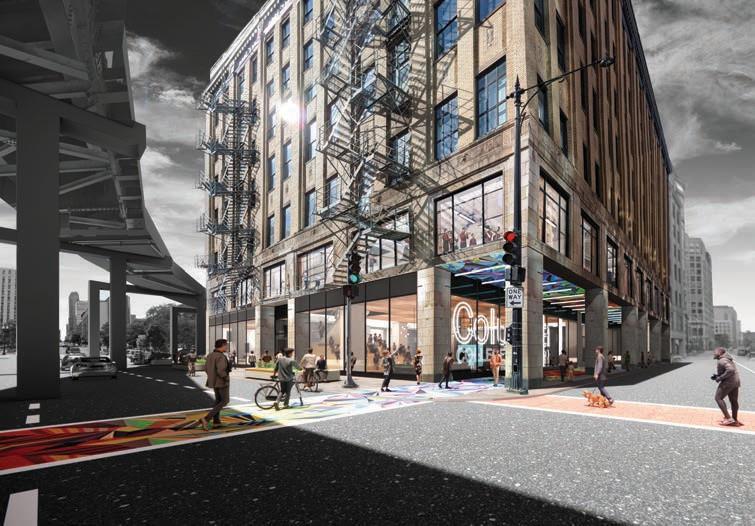
Primary Departments
• Music
• Audio Arts & Acoustics
• American Sign Language
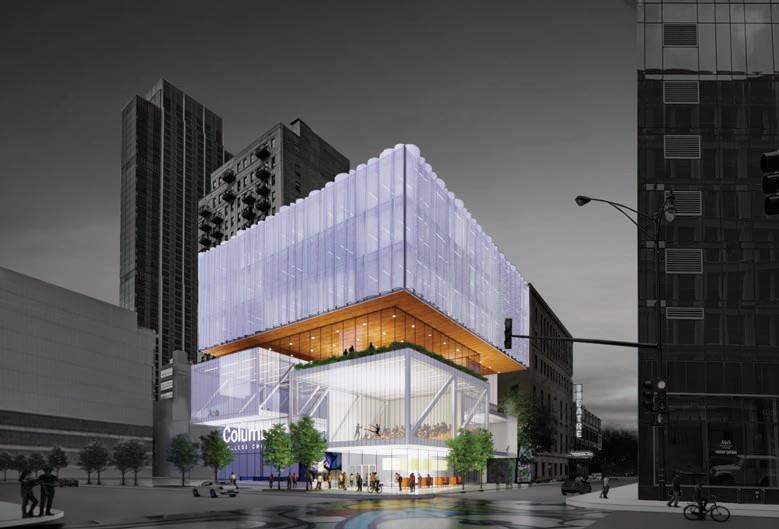
Primary Departments
Theater

Cross Collaboration Hub for Faculty
• Class / Lab
• Collab. & Support Space
• Faculty Hub
• Industry Hub
• Library
• Meeting Spaces
• Purpose-built flexible classrooms
